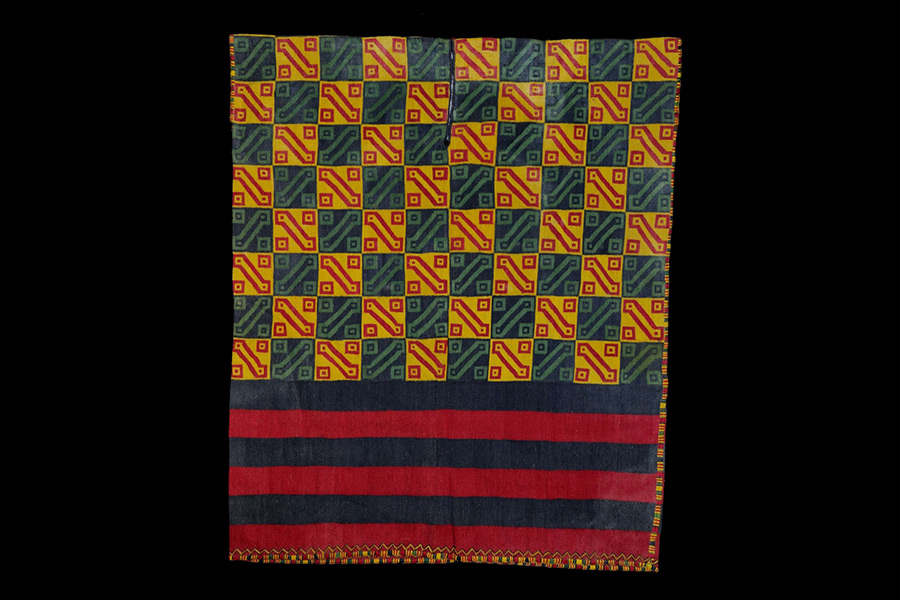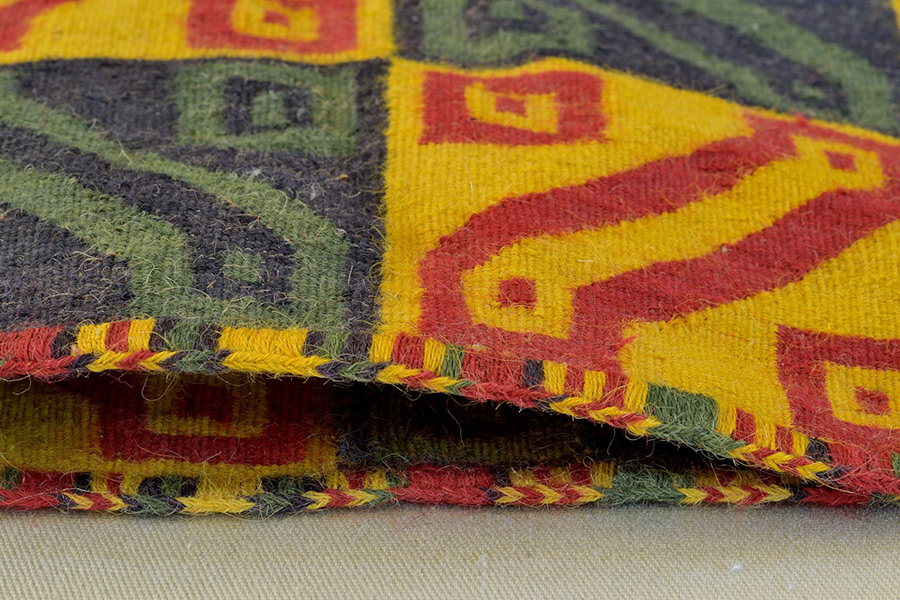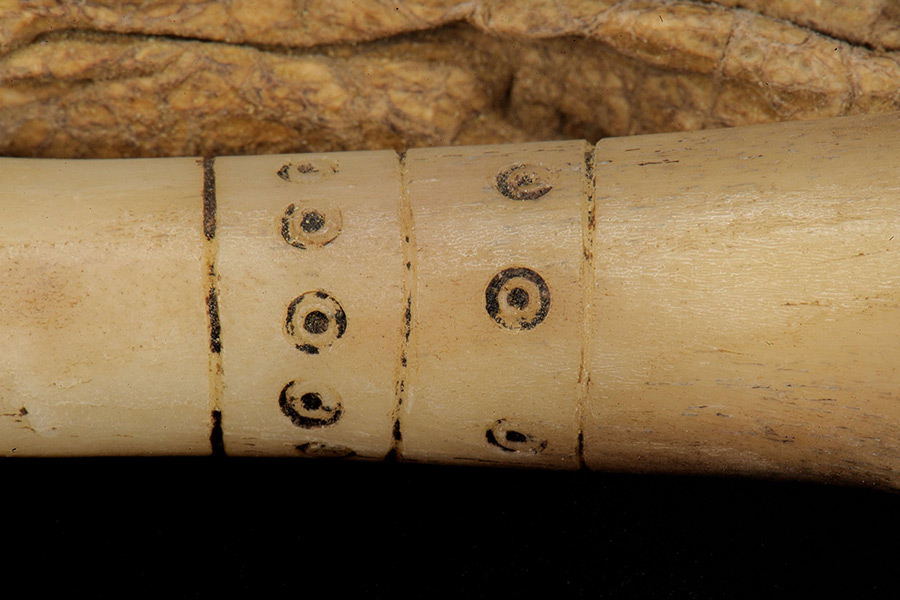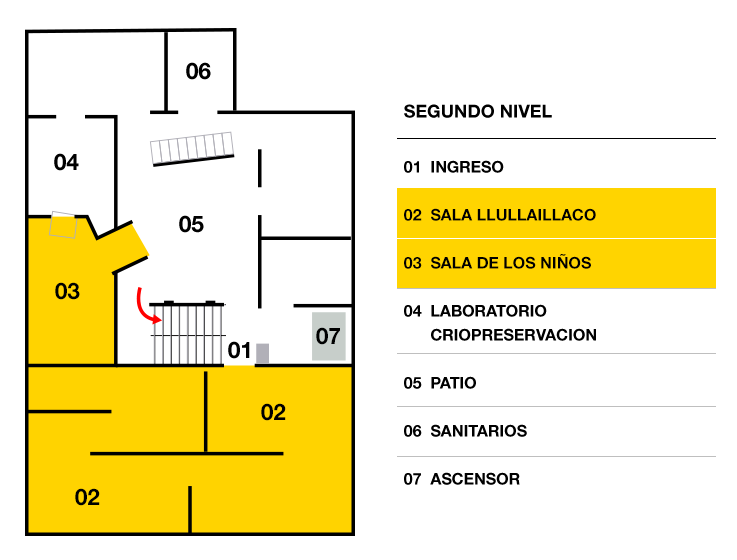For strict conservation reasons, the Llullaillaco children are presented to the public one at a time. (NOT all three simultaneously)
En este momento presentamos a:
El niño
Salta, Argentina
(Español) maam@culturasalta.gov.ar
+54 387 4370592/93
For strict conservation reasons, the Llullaillaco children are presented to the public one at a time. (NOT all three simultaneously)
En este momento presentamos a:
El niño
For strict conservation reasons, the Llullaillaco children are presented to the public one at a time. (NOT all three simultaneously)
En este momento presentamos a:
El niño
During February and March of 1999, as part of “Santuarios de Altura de los Andes del Sur”, scientific researches and excavations were carried out on the Llullaillaco volcano, standing at 6,739 meters high, located in the Los Andes Department, in the west of Salta Province. This volcano belongs to the western Andes mountain range and is one of the peaks used by geographers to mark the international border with Chile. The investigations and excavations were directed by Dr. Johan Reinhard and Dr. Constanza Ceruti, who coordinated a team of fourteen people, including mountaineers and archaeologists.
The archaeological complex on the volcano includes different sites associated with a road, distributed from its base to the summit.
On a secondary peak at 6,730 meters, there is an architectural complex consisting of two enclosures known as “double huts,” an open semicircular structure called a “windbreak,” and a section of road leading to a rectangular structure or “ceremonial platform,” which was likely used for the Capacocha ceremony.
It was inside this elevated ceremonial platform that the three children were found with all their funerary trousseau. Each group of these offerings to the deities was found at different depths, each with its own special meaning and message.
The Maiden: She was a young girl around 15 years old when she was offered at the summit of Llullaillaco. She wears a tight dress with an abdominal sash decorated with geometric motifs, a woven cloak (lliclla) fastened by a silver tupu covers her shoulders, her face is painted with red pigment, and small fragments of coca leaves rest in her mouth. She was probably a “sun virgin” or aclla, educated in the aclla huasi (“house of the chosen”), a place of privilege for certain women in Inca times.
The Lightning Girl: A six-year-old girl, found seated with her legs bent, wearing typical Inca clothing.
The Boy: Approximately seven years old, he wore luxury garments, an honor reserved for males of high status. Among his ornaments were lavish pectorals and bracelets made of gold, silver, or gilded copper alloys.
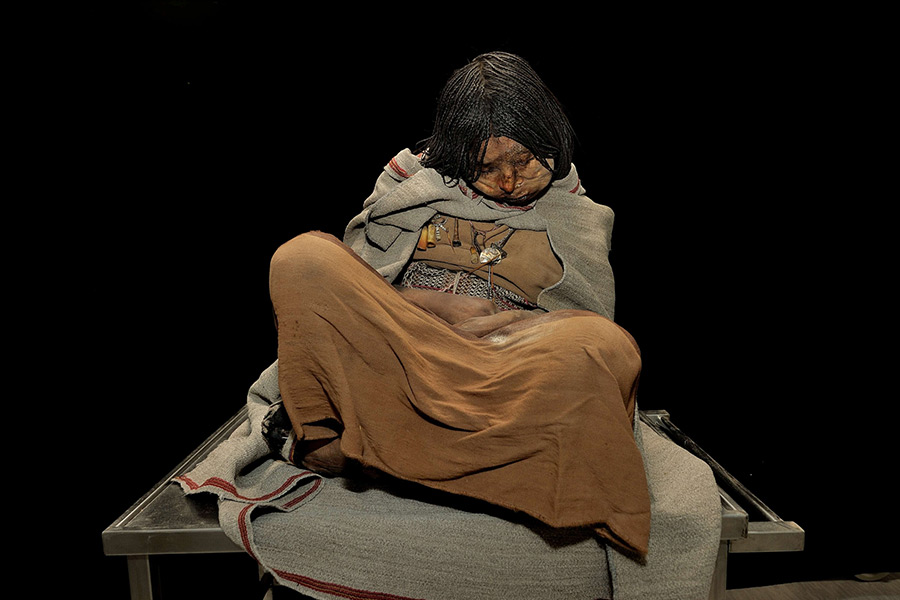
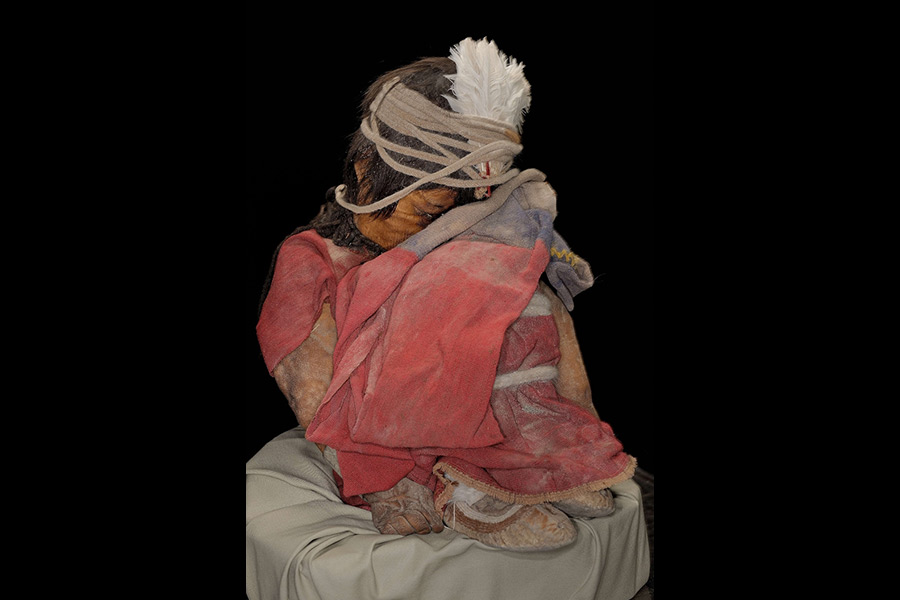
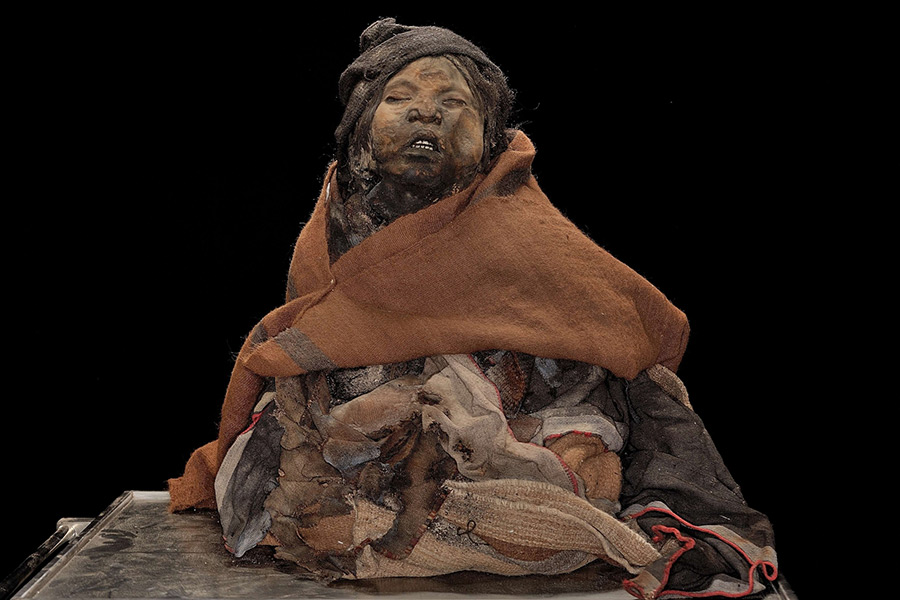
The Capacocha: This was one of the most important ceremonies in the Inca ritual calendar. Through this ritual, balance was maintained in the cosmos, establishing a reciprocal relationship with the gods, ancestors, and huacas, who were believed to reward the Inca and his people with prosperity, fertility, abundant harvests, and political, economic, social, and climatic stability.
According to chroniclers, the Capacocha began in Cusco, where a procession of representatives, priests, children, and their families gathered, having been sent from the four regions of Tawantinsuyu. They usually chose outstanding children from their communities, and sometimes the sons and daughters of curacas (local chiefs).
Through these offerings and the symbolism involved in Capacocha, sacred places and diverse ethnic groups were linked to the state, and, in turn, humans were connected to their deities.
The various items buried with the Llullaillaco children were crafted with great detail by specialized artisans dedicated to sacred work.
The elements that make up the children’s funerary trousseau display a great diversity of raw materials, colors, and shapes, representing the Inca world on a small scale.
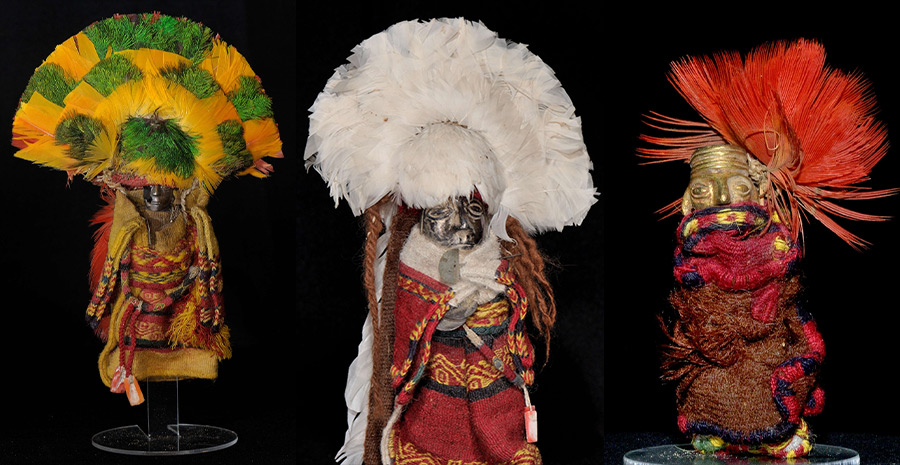
Among these elements are female anthropomorphic figurines made of gold and spondylus shell, dressed in fine textiles and accessories typical of the Inca elite, which belong to the Lightning Girl’s trousseau. The variety of designs and colors in the garments and headdresses stands out, likely reflecting ethnic differences and the high status of the women represented.
Slings (huaracas) of various sizes also stand out in the Boy’s trousseau. Made of camelid wool, they were associated with the male world and had both practical and symbolic uses.
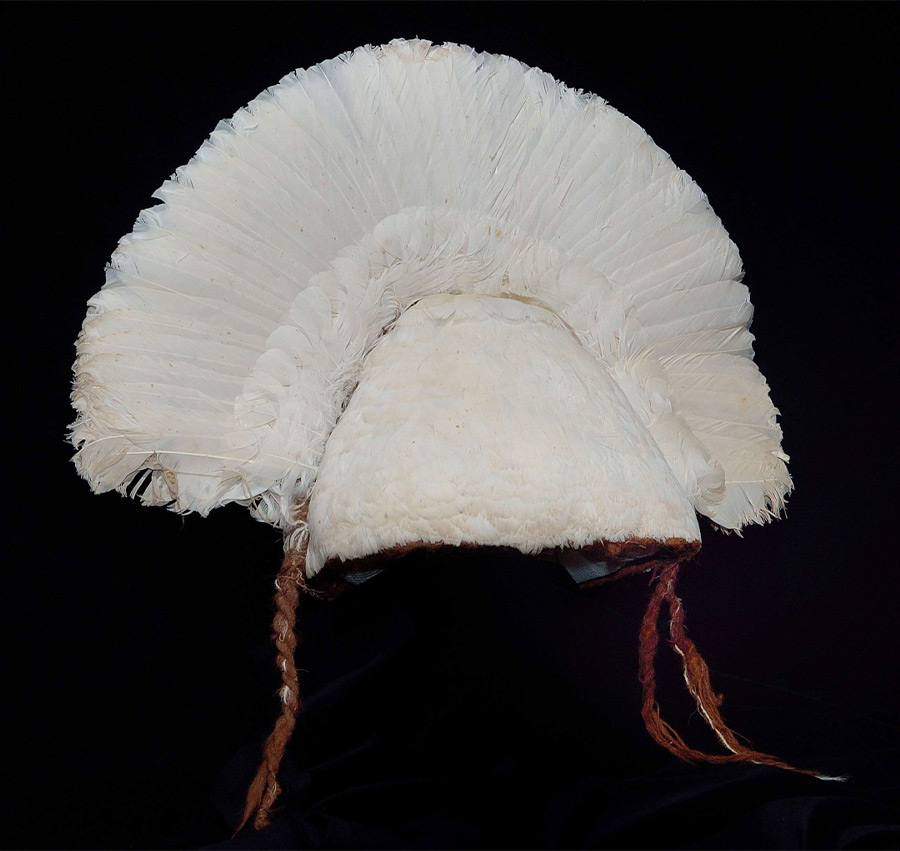
Among the Maiden’s burial offerings, a ceremonial headdress stands out. It was made of camelid wool and interwoven with white feathers, symbolizing a high status and projecting birdlike heavenly qualities within the Inca cosmos.
It is also important to mention that among the hundreds of other objects, closed footwear (polcos) crafted from camelid leather are particularly notable. Their fine craftsmanship suggests they were used mainly in ceremonies and offerings.
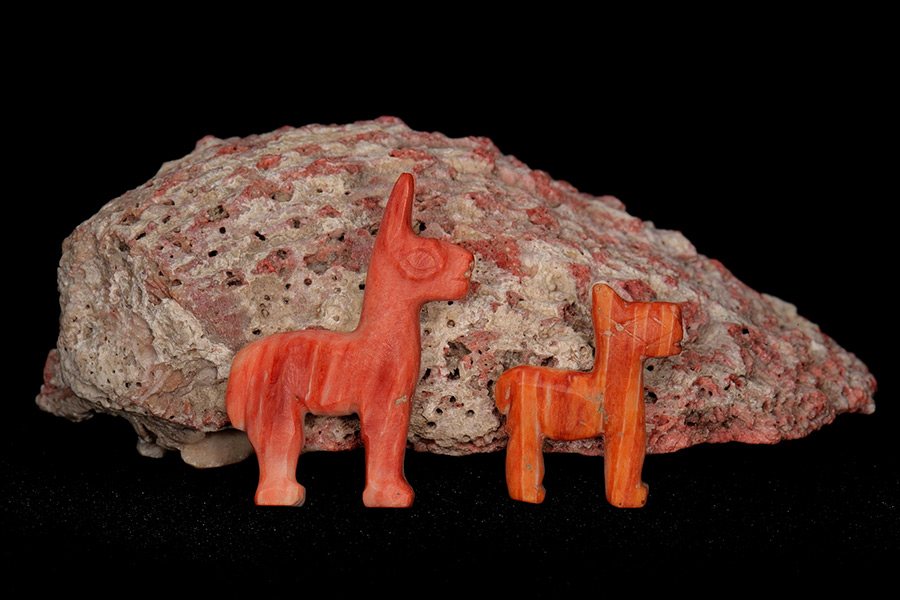
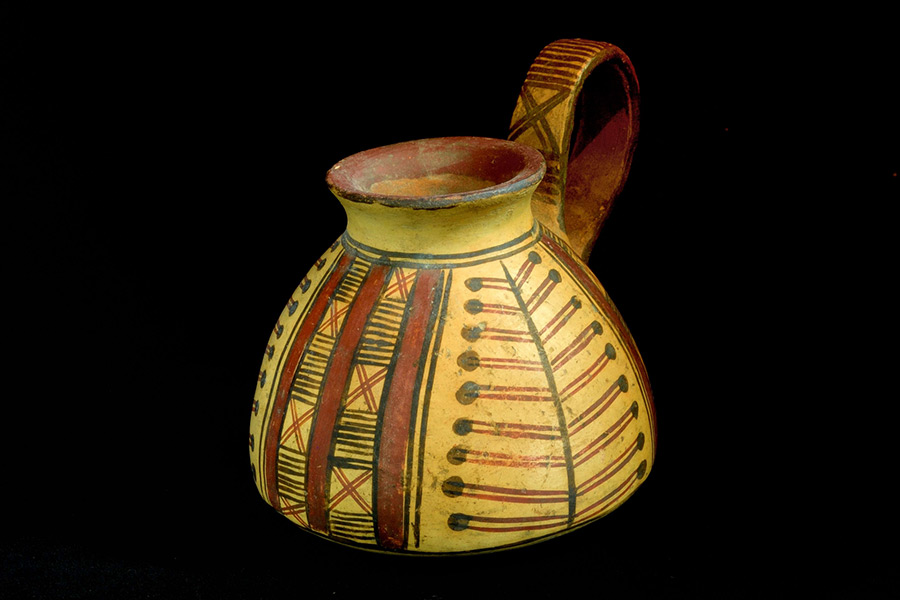
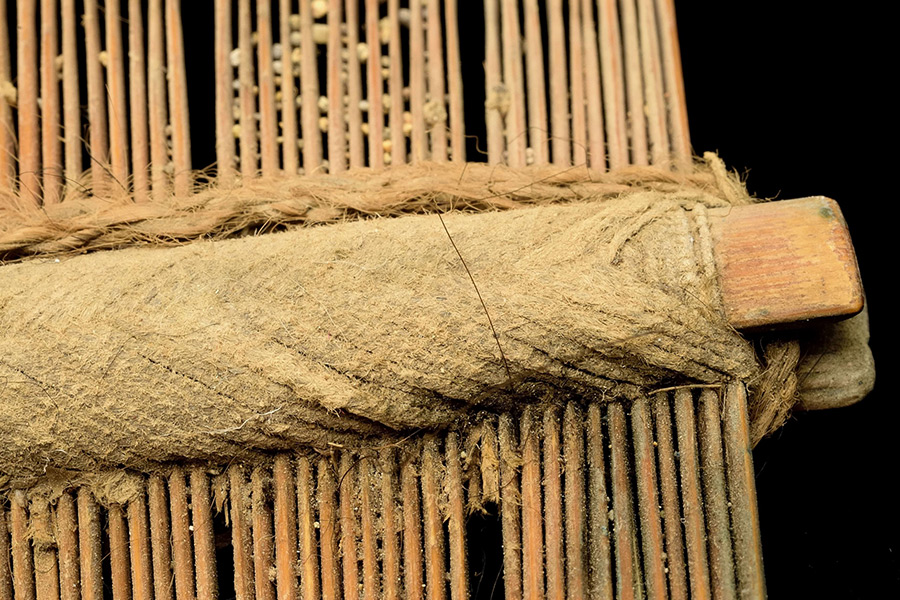
According to Inca beliefs, people had to remove their shoes before entering a sacred place, so the fact that the offered children wore shoes may suggest their divine status.
